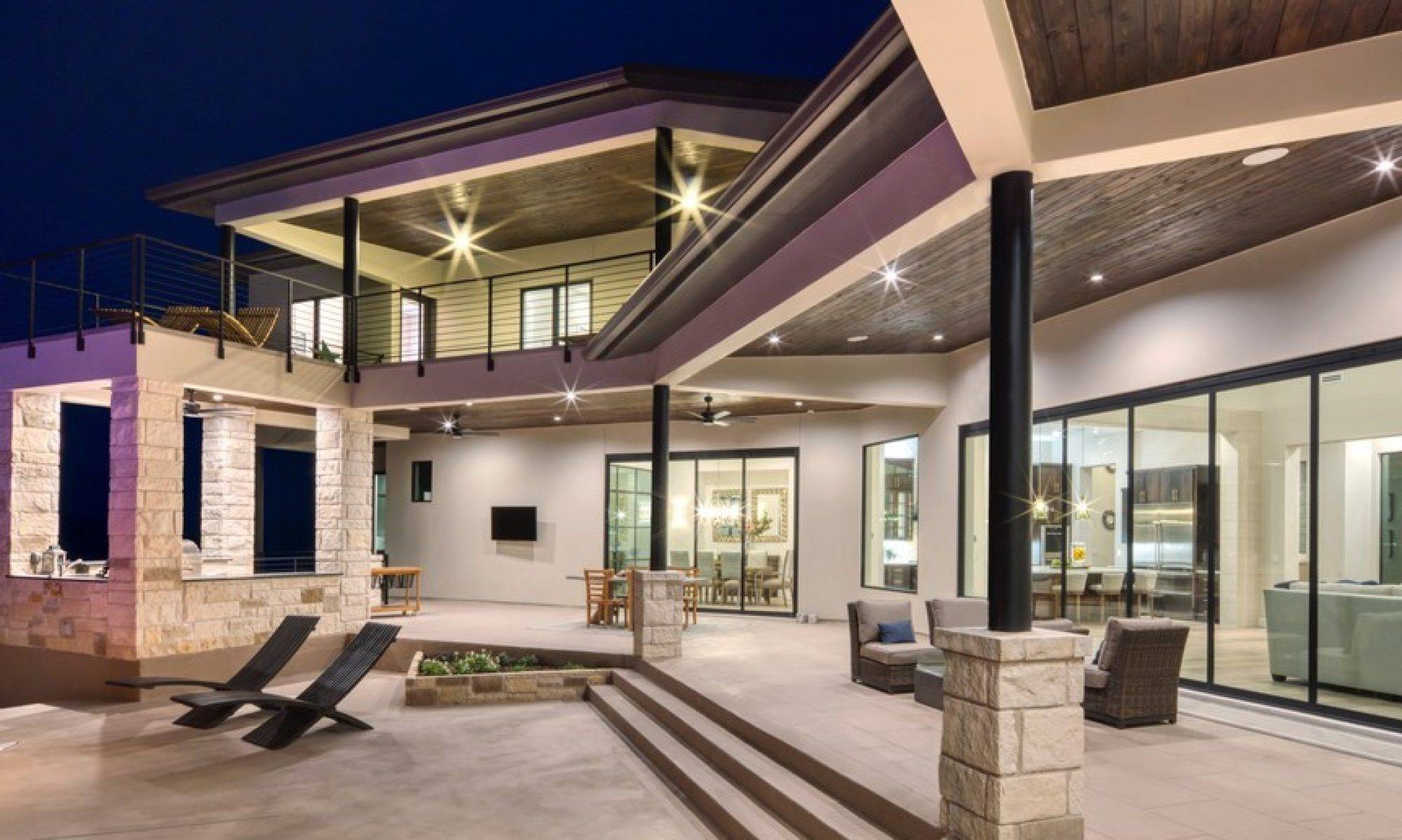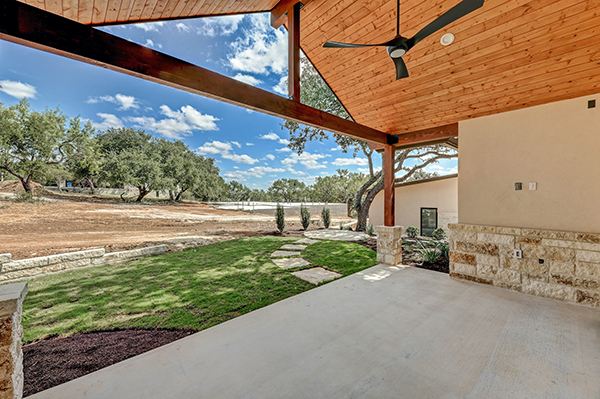Home Orientation (Pt. 1)
Home orientation is one of the most important aspects to consider when looking at a home’s efficiency and comfort! By simply taking a few cues from your climate and surroundings, they’ll do much of the heating and cooling work for you, whether you’re building a new home, remodeling the one you have, or deciding which one is right to buy.
Sunny Side Out
First, let’s look at the sun: we all know it rises in the east and sets in the west. It also swings low through the sky in the winter, and shines down from a sharp angle in the summer.
Therefore, large south-facing windows will gather plenty of warming sunlight in the winter, and the high summer sun will be at too sharp an angle to overheat your home. To increase this effect, consider a roof with significant overhang, and orient your longest walls to the north and south. Just like that, you’re passively saving money year-round!
Thanks to that low sun path, the north sides of hills can find themselves shaded all winter long. If you get to choose, try setting up on the south side instead.
Floor Planning
The arrangement of rooms within your home can also have a dramatic impact on your energy use. Don’t waste the heat collected from those south-facing windows on a laundry room or staircase. Put those to the north, and they’ll act as a buffer from the northerly winter winds. You can take advantage of that southerly light and heat for your living room or kitchen instead.
Make sure the western end of your house is prepared for bright afternoon light. That could be a study that warms and brightens as the day goes on, or a dining room where the whole family can watch the sun set together!
The east, of course, gets sunrise. This is a great spot for bedrooms with large windows, so you can wake with the sun and take advantage of that early warmth. It will also cool quickly, ensuring you aren’t overheating as you head to bed in the evening.
In some places, it’s nearly impossible to orient your home to exact compass points. Luckily, all of these benefits can still be obtained with up to a 15-20 degree shift from true north!
This all makes a great start to the principles of home orientation. We still have more to share though, so check back next month for Part 2!

